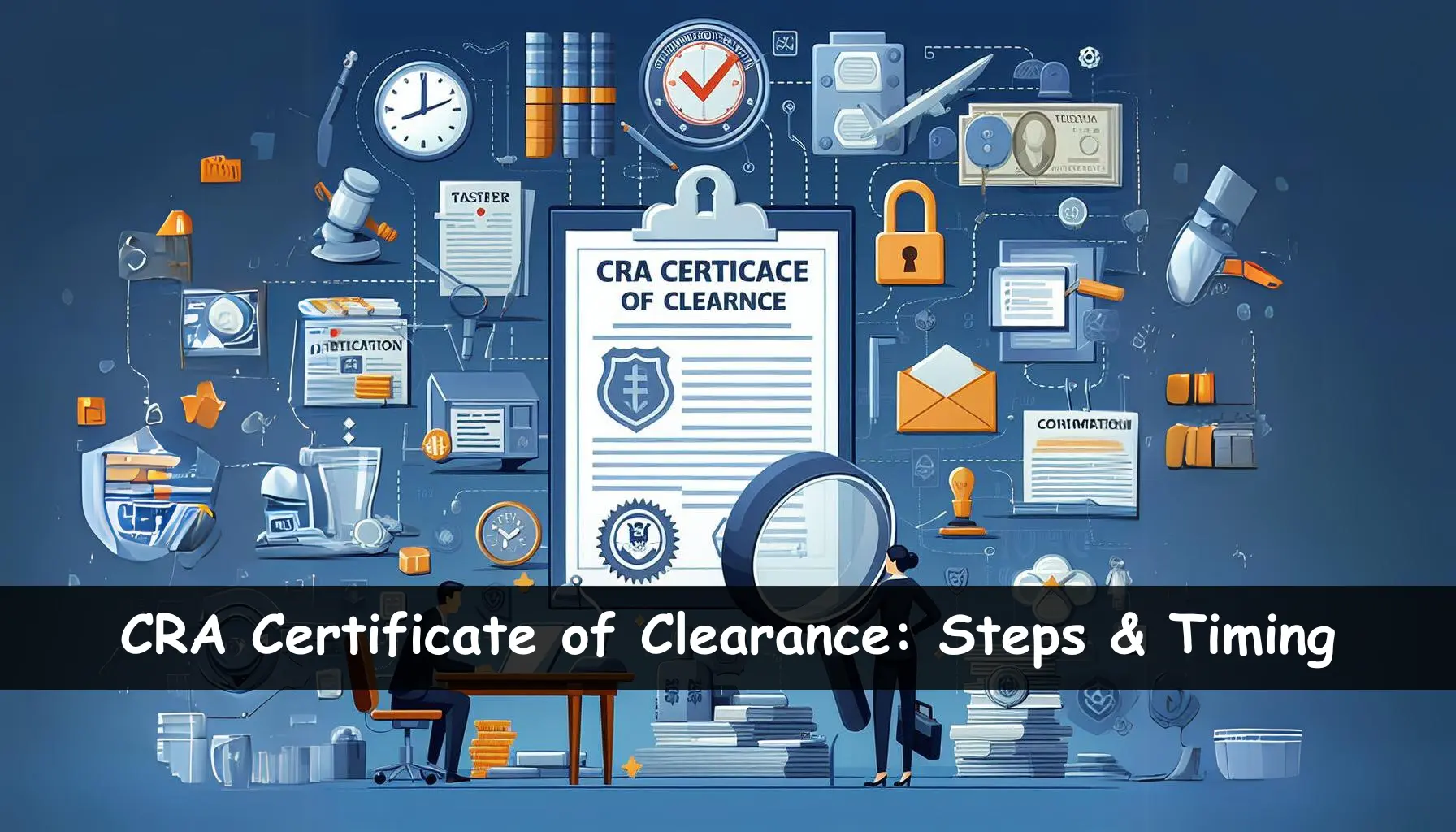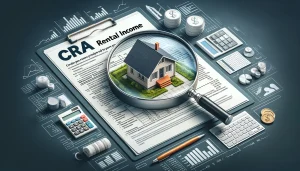Are you getting ready to sell property or wrap up an estate in Canada? You might need something called a “CRA Certificate of Clearance”.
This might sound super official and maybe even a bit scary. But don’t worry! I’m here to walk you through everything you need to know about it, step by step.
What Is a CRA Certificate of Clearance Anyway?
At its core, a CRA Certificate of Clearance is an official document issued by the Canada Revenue Agency (CRA). It serves as confirmation that an individual or entity has met their tax obligations concerning certain types of transactions.
These transactions often involve the sale or transfer of property, such as real estate or shares in a corporation.
It’s their way of saying that all the taxes owed by a person who has passed away or is selling property have been paid off. In other words, it clears the air and confirms that there’s no outstanding tax debt.
Figuring Out When You Need One
You’ll need this certificate in two main situations:
- Selling Property: If you’re not living in Canada but selling a property located there.
- Estate Settlements: When someone passes away, before distributing their assets, the executor needs this certificate to verify all taxes are cleared.
How Quick Can You Get This Certificate?
The timeframe can vary quite a bit – typically anywhere from 8 weeks to 6 months. It depends on how complex your tax situation is and how busy the CRA is when you apply.
The Application Process: Simple Steps
Obtaining a CRA Certificate of Clearance involves a straightforward application process. Individuals or entities typically request this certificate when they are involved in transactions subject to taxation. Here’s a step-by-step guide on how to apply:
Step 1: Determine Eligibility
Before applying for a CRA Certificate of Clearance, it’s important to make sure that you meet the eligibility criteria. Generally, individuals or entities involved in transactions subject to taxation, such as the sale of real estate or shares, are eligible to apply.
Step 2: Gather the Required Information
Once eligibility is confirmed, gather all the necessary information required for the application. This may include details about the transaction, such as the parties involved, the nature of the transaction, and relevant financial documentation.
Step 3: Complete the Application Form
Next, complete the application form provided by the CRA. Make sure that all information provided is accurate and up-to-date to avoid delays in processing.
Step 4: Submit the Application
Once the application form is completed, submit it to the CRA through the appropriate channels. This can typically be done online or by mail, depending on the CRA’s guidelines.
Step 5: Await Processing
After applying, the CRA will review the information provided and process the request. The processing time may vary depending on various factors, such as the complexity of the transaction and the current workload of the CRA.
It’s also smart to talk with a tax professional if things seem confusing.
What Does It Look Like?
A CRA clearance certificate isn’t anything fancy to look at – it’s an official document with some key information: who it’s for, what taxes are cleared, and any relevant dates or numbers.
Some Smart Tips To Remember
- Start Early: Given the waiting period can be long, get your application in as soon as possible.
- Details Matter: Make sure all info on your forms is correct to avoid delays.
- Keep Records: Hang onto copies of everything you send in case questions come up later.
Avoiding Common Mistakes
Many people get tripped up by simple errors, which can slow things down significantly. Avoid these common mistakes:
- Incomplete Forms: Missing information can bring everything to a halt.
- Incorrect Information: Double-check numbers and details. Mistakes here can cause big delays.
- Not Including Necessary Documentation: Make sure you’ve got all your supporting documents attached.
What If Things Seem Slow?
If it seems like it’s taking forever to get your clearance certificate, there are a few things you can do:
- Check Online: The CRA website is a great resource for updates and FAQs that might address your concerns.
- Call for Updates: While waiting on hold isn’t fun, sometimes getting someone on the line can give you clear insight into your application’s status.
Dealing with Challenges
Sometimes things don’t go as smoothly as we’d hoped. If you run into issues where you believe the CRA has made an error or if you disagree with their assessment, there are steps you can take:
- Review all correspondence from CRA carefully to understand their position.
- Gather any additional information or documentation that supports your case.
- Reach out for professional advice if needed—sometimes tax laws and requirements can be tricky to navigate alone.
And There You Have It!
So now you know pretty much everything there’s to know about getting your CRA Certificate of Clearance. Just remember to give yourself plenty of time, pay attention to details, and seek help if things feel overwhelming. With this guide in hand, you’re well-equipped to navigate through with ease!
Remember, patience is key here as waiting times can stretch longer than expected sometimes but knowing what steps lie ahead makes the journey smoother and far less daunting.





